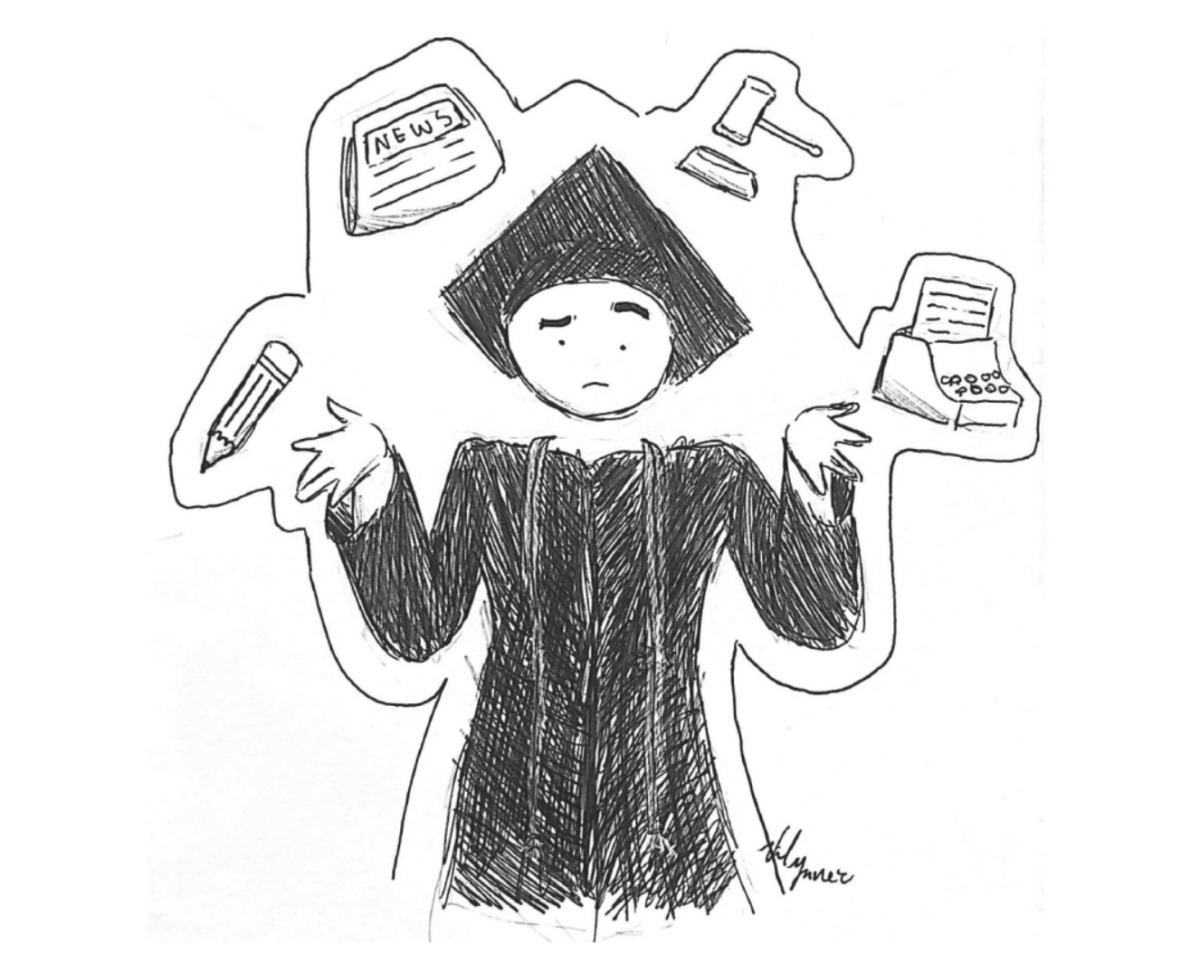Pro
Molly O’dell
Staff Reporter
Modern television is constantly addressing controversial topics, one of the most prominently seen in today’s media being substance abuse.
Often, viewers are able to relate to media portrayals of what substance abuse does to families. Shows that portray substance abuse are essential to modern television because they mirror reality and can help prevent misuse of alcohol or drugs.
In shows such as “Euphoria,” the consequences of substance abuse are shown directly through the main character, whose life is consumed by her addiction. This portrayal of addiction and its real repercussions can be eye-opening to young audiences and scare them away from addictive substances.
Similarly, “Skins” portrays drug and alcohol misuse by teenagers. “Skins” uses scare tactics to steer children away from substance abuse, which are executed through dramatic scenarios and exaggerated use of drugs.
According to The National Institute on Drug Abuse, television franchises frequently use scare tactics to prevent harmful habits among youth. NIDA explained that they create fear by presenting a behavior, like drug use, and then showing how it can cause physical or emotional injury such as overdosing or losing relationships.
According to The Hills, an addiction treatment center in Los Angeles, cultural attitudes toward substance abuse are changing. The Hills explained that because of the increased portrayal of drug use in television and media, more and more people are beginning to understand that addiction is not a moral failing but rather, a chronic disorder.
Portraying substance abuse in TV shows provides important representation for viewers who may be struggling with dependency. Additionally, showing substance misuse with all of its harsh consequences can effectively keep viewers away from those substances in real life while simultaneously exploring the often misunderstood reality of addiction.
Con
Gracie Thrush
Staff Reporter
Drugs and alcohol have become two of the biggest topics in Hollywood. From “Euphoria” to “Breaking Bad,” substance abuse is seen virtually everywhere on television. Often, the entertainment industry uses drugs and alcohol to further plotlines or develop characters. In this way, dangerous substances are glamorized. Substance abuse must remain off television screens in order to prevent its glorification and to protect the audience’s well-being.
According to American Addiction Centers, 41% of all television drug references occur in the comedy genre. Substances may seem fun or enticing to the public upon seeing their use portrayed in a lighthearted manner on TV. These programs do not show the negative side effects of drugs, which can lead viewers to believe there are none.
Additionally, according to Dual Diagnosis, people in the early stages of rehabilitation may feel an increased amount of discomfort or stress when viewing substance abuse on television. Seeing drug use can often launch one into a relapse, ruining their recovery progress.
Substance abuse is difficult to cope with, and it has detrimental effects. According to Gateway Foundation, drug and alcohol abuse can lead to paranoia, aggression, addiction, impulsiveness and loss of control.
Another danger of seeing substance abuse on TV is that it can prompt young people to experiment with drugs. A study conducted by Recovery Research Institute found that there is a strong correlation between adolescent use of tobacco and alcohol and media portrayal of these substances.
While responsible tobacco and alcohol consumption is legal for those older than 21, it should not be marketed on television toward a young audience. A study conducted by Johns Hopkins University displayed a clear association between seeing smoking on television and youth smoking in real life. The younger, vulnerable audience may see these substances as enticing and fun, leading to addiction at a very young age.

“No. I think when people see that stuff in popular shows, it can seem like they’re encouraging it.”

“No. I think it’s kind of inappropriate for younger people because they could start abusing it at a young age.”

“Yes. I think it’s important for people to learn about substance abuse and be able to see what it can look like.”

“Yes. I believe that shows should portray substance abuse as a sort of warning as to what could happen if they continue to abuse these substances.”

“No. I am against the portrayal of substance abuse in the media as it is often exaggerated and romanticized and can cause a great deal of harm.”














